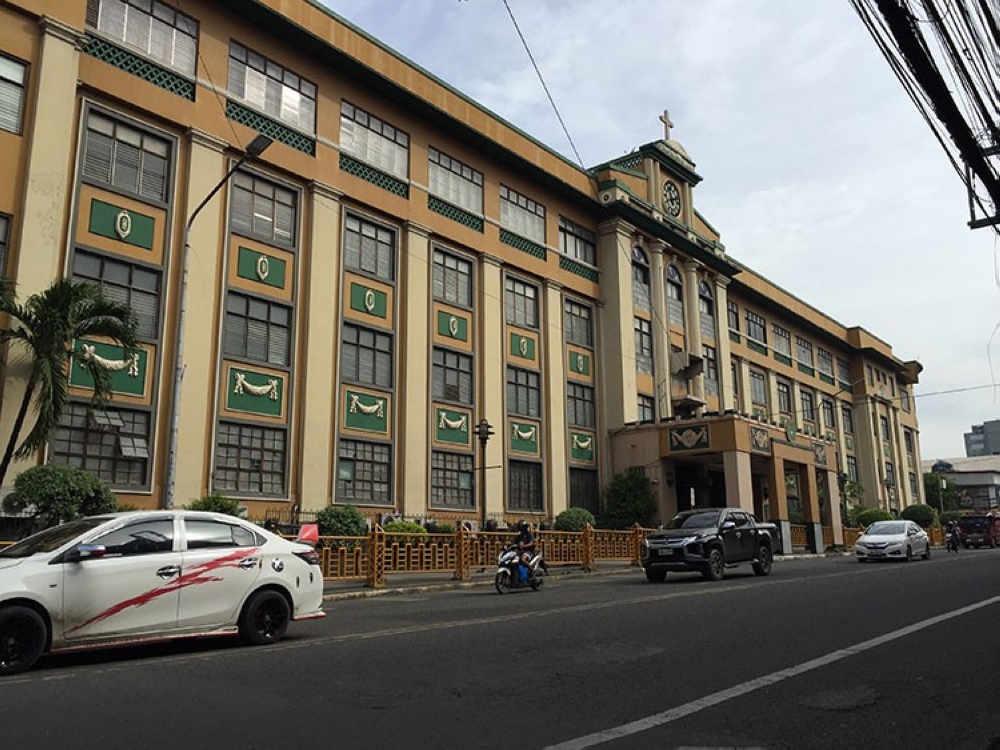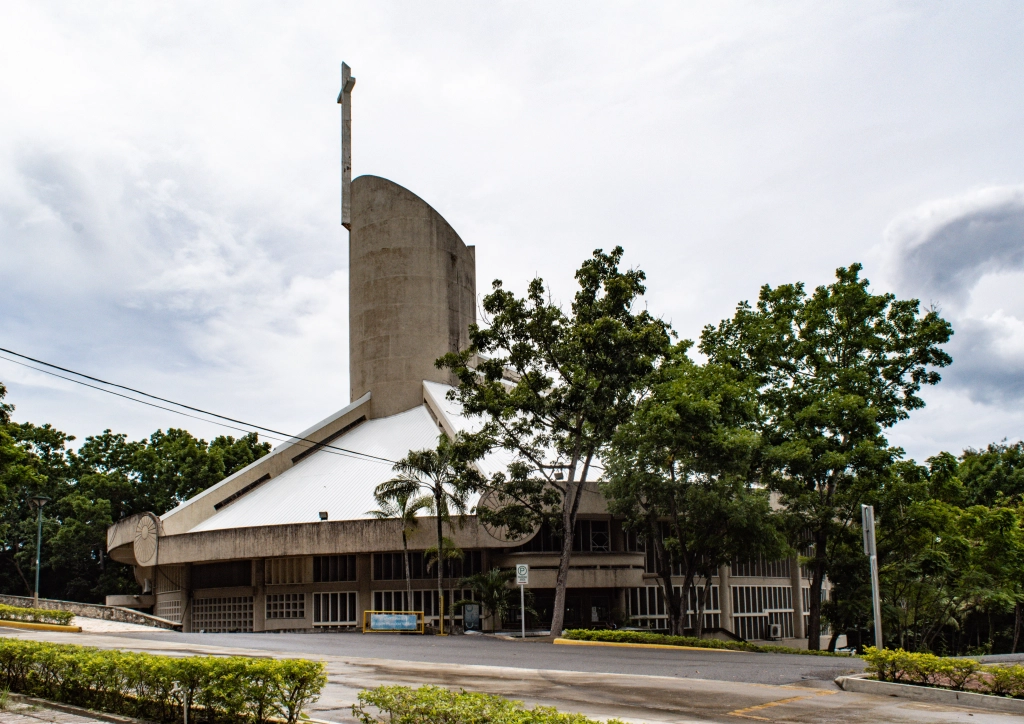University of San Carlos
Renowned for its commitment to excellence, the University of San Carlos develops its students’ professional competence, character, and social transformation. Since its founding, USC offers its learners varied academic environments that foster academic excellence and lifelong learning, developing future professionals who will leave their marks as leaders in their respective fields.
Administered by the Society of the Divine Word (Societas Verbi Divini, SVD) since 1935, the University of San Carlos (USC) traces its roots to the Colegio de San Ildefonso founded in August 1595 in Cebu City. The school closed in 1769 following the expulsion of Jesuit priests from the Philippines, and was reopened in 1783 as Colegio-Seminario de San Carlos which operated until the Colegio split from the seminary in 1930. Following another brief closure during World War II, Colegio de San Carlos reopened in 1945 and became a University in 1948.
Rapid growth in the ‘50s saturated the campus near the city center prompting expansion of the University to what was then called the Boys’ High School in 1956 (now North Campus), and in 1964 to the Teacher Education Center and Girls’ High School (now South Campus) and to Talamban Campus. In 2008, the erstwhile SVD Formation Center was transformed into the Montessori Campus. Total land area of the University’s five campuses is almost 88 hectares (or 217 acres), with about 78 hectares in Talamban Campus alone and potentially ample room for future growth.
Today, the University is one of the most respected higher education institutions in the Philippines, offering 62 undergraduate and 88 graduate and post-graduate programs. Many of these programs have received Level II or Level III accreditation from the Federation of Accrediting Associations of the Philippines (FAAP), as evaluated by the Philippine Accrediting Association of Schools, Colleges, and Universities (PAASCU). Seven engineering programs are also accredited by the Philippine Technological Council-Accreditation and Certification Board for Engineering and Technology (PTC-ACBET). The Philippine Commission on Higher Education (CHED) also granted Autonomous Status to the University, and designated eight Centers of Excellence (COE) and 12 Centers of Development (COD) in USC. Nearly 22,000 students in basic to graduate education are enrolled in the University, with almost 300 international students. On average, the teacher-to-student ratio at USC is around 1:20. USC is ranked between 451 to 500 in the QS University Rankings for Asia 2021.

Schools
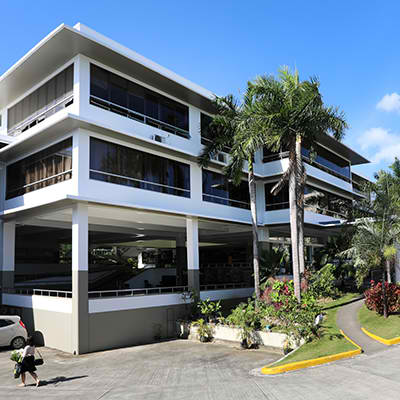
School of Architecture, Fine Arts and Design
The School of Architecture, Fine Arts and Design has two academic departments and is host to the Conservation and Heritage Research Institute and Workshop (CHERISH).

School of Arts and Sciences
The School of Arts and Sciences is the oldest School in the University, tracing its roots to the old Colegio-Seminario de San Carlos. Ten departments offer numerous flagship graduate and undergraduate programs which are, respectively, Level II and Level III FAAP-accredited through PAASCU evaluation. There are two CHED Centers of Excellence and five Centers of Development in the School.
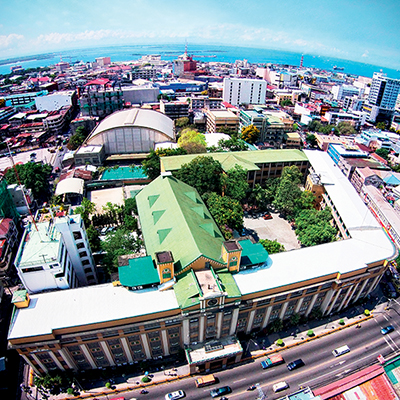
School of Business and Economics
With over 6,000 students, the School of Business and Economics is the largest in the University with Level II or III FAAP-accredited programs through PAASCU evaluation and three CHED Centers of Excellence and two Centers of Development.

School of Education
Located in the South Campus, the School of Education has Level II and Level III FAAP-accredited graduate and undergraduate programs, respectively. The Commission on Higher Education has designated it as a Center of Excellence for Teacher Education.
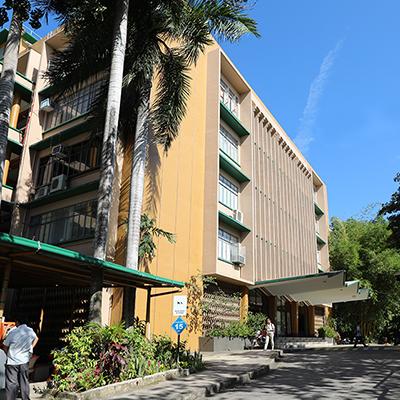
School of Engineering
Trailblazing the expansion to Talamban Campus in 1964, the School of Engineering has six Level II FAAP-accredited programs through PAASCU evaluation. Seven programs (Chemical, Civil, Computer, Electrical, Electronics, Industrial, and Mechanical Engineering) have attained full accreditation from the Philippine Technological Council, reflecting global standards conforming to the Washington Accord. The Commission on Higher Education has also designated two Centers of Excellence and five Centers of Development in the School of Engineering.

School of Healthcare Professions
Located in Talamban Campus, the School of Healthcare Professions has Level III or Level II FAAP-accredited programs in Nursing and Pharmacy, respectively, through PAASCU evaluation.
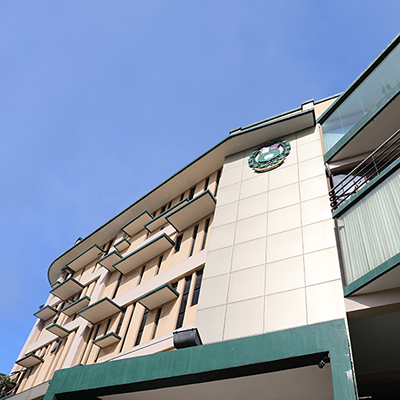
School of Law and Governance
Conferred by the Legal Education Board with an Award for Excellence in Legal Education, the School of Law and Governance boasts one of the top law schools in the country. Conveniently located in the heart of Cebu City, the School offers students with quality legal education amidst an environment rich in culture with a throbbing economy and a deep, abiding faith.
